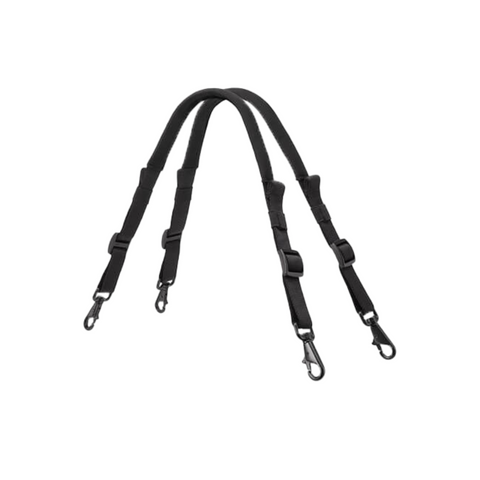Just like humans, dogs can suffer from mental decline as they age. It’s often uppermost in our minds that dogs need physical exercise to stay healthy. What we often forget is that dogs – particularly senior dogs – need mental stimulation as well.
As dogs age, they can experience mental deterioration which is referred to as Cognitive Dysfunction Syndrome (CDS). Think of it as “pet dementia”. It is so prevalent that signs of cognitive dysfunction syndrome are found in 50 percent of dogs over the age of 11, and by the age of 15, 68 percent of dogs display at least one sign. The signs may include:
- Restlessness
- Disorientation
- Anxiety
- Excessive licking
- Lack of desire to play
- Irritability
- Loss of appetite
Your Support
Although you cannot “cure” your dog, there are many things you can do to slow the decline. We have all heard the phrase “use it or lose it”. Just as many senior citizens do crossword puzzles or brain teasers to stay mentally active, it is important that dogs be provided with mentally stimulating activities also. You’ll need to try new toys, new forms of exercise, and even training to keep those canine minds sharp.
Did you know that working a dog’s brain will tire him out as much as a rousing game of fetch? Here are some games that are both fun and engaging.
Name His Toy. Give each favorite dog toy a name. For instance, my dog loves a particular tug toy. We call it Tug. When I say “bring me your tug toy”, he knows which toy I mean through sheer repetition. We often get new toys (you can even go to the Dollar Store) and rotate them to keep the game fresh. I babysat a senior dog that knew the names of 10 toys!
Soft Toys. While younger pups can tear toys to shreds, your senior dog’s teeth may not be quite as sharp. Consider a softer, rubbery toy like the Kong and fill it with peanut butter or cheese. Dogs love interactive toys or food dispensing toys that present a challenge for them to get a reward.
Muffin Game. Fill a muffin tin so that a few have treats. Put a tennis ball in a few of the indentations. The object is to get your dog to dislodge the balls so they can get to the treats.
Cup game. You might remember this from when you were a child. Hide a treat under one plastic cup and then no treats under two other cups. Mix them all up. Have your dog sit and stay (if he doesn’t know those commands then teaching him is another great mental stimulator), and let him knock over the cups and find the one with the treat. Use a command like “find it” or “take it” so he learns what you’re asking him to do.
Treasure Hunt. Everyone loves a treasure hunt. Give your dog the command to “sit/stay”. Choose a treat that your dog likes and hide it where your dog can see it. In your most excited voice, say “find it” and praise him when he does. Repeat the exercise a few times so he catches on, then start slowly increasing the level of difficulty. Hide it in the same area but under something, further away, even another room.
Swimming may be a great indoor/outdoor exercise for your dog as it is easier on his limbs. Throw a floatie toy into the water and watch him retrieve it!
Having a senior dog can be an incredibly rewarding experience. If you have a senior dog, what do you do to make sure they are mentally stimulated? Tell us your experiences.



